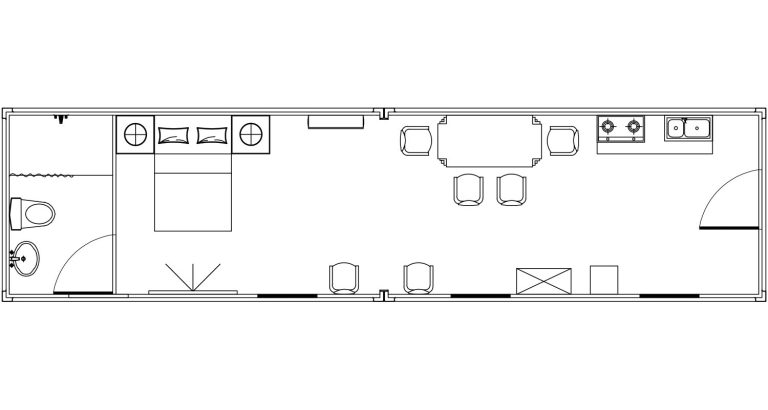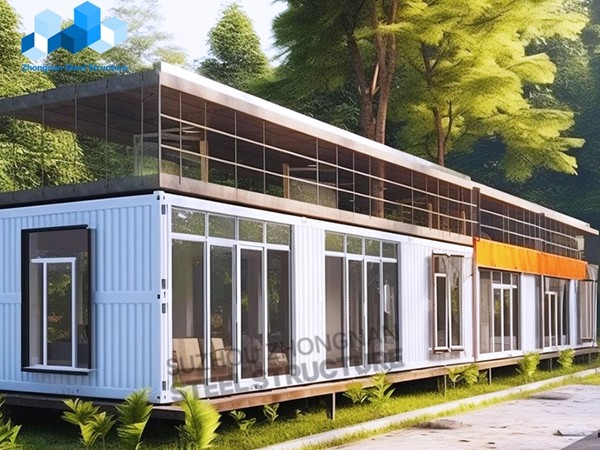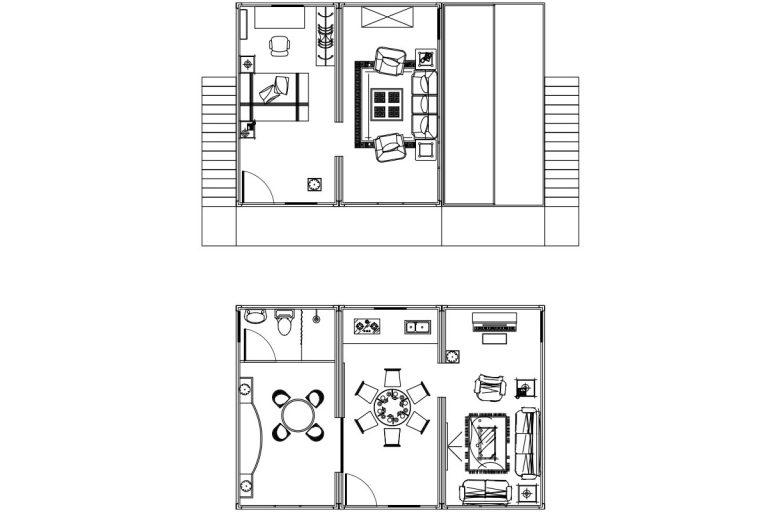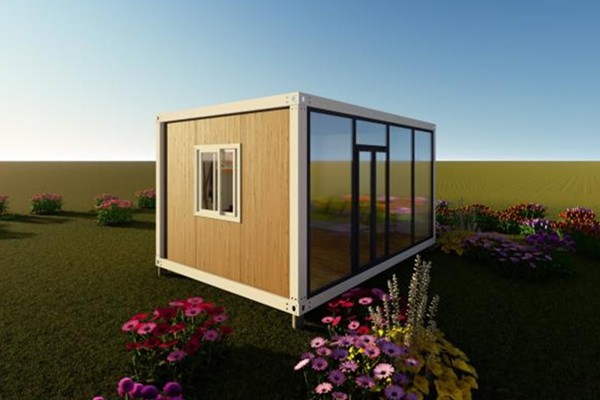shipping container house size
Shipping container homes are redefining the landscape of modern architecture due to their eco-friendliness, cost-effectiveness, and unique aesthetic appeal. Determining the right size of a shipping container house is crucial to maximizing these benefits, ensuring optimal functionality, livability, and compliance with local regulations.
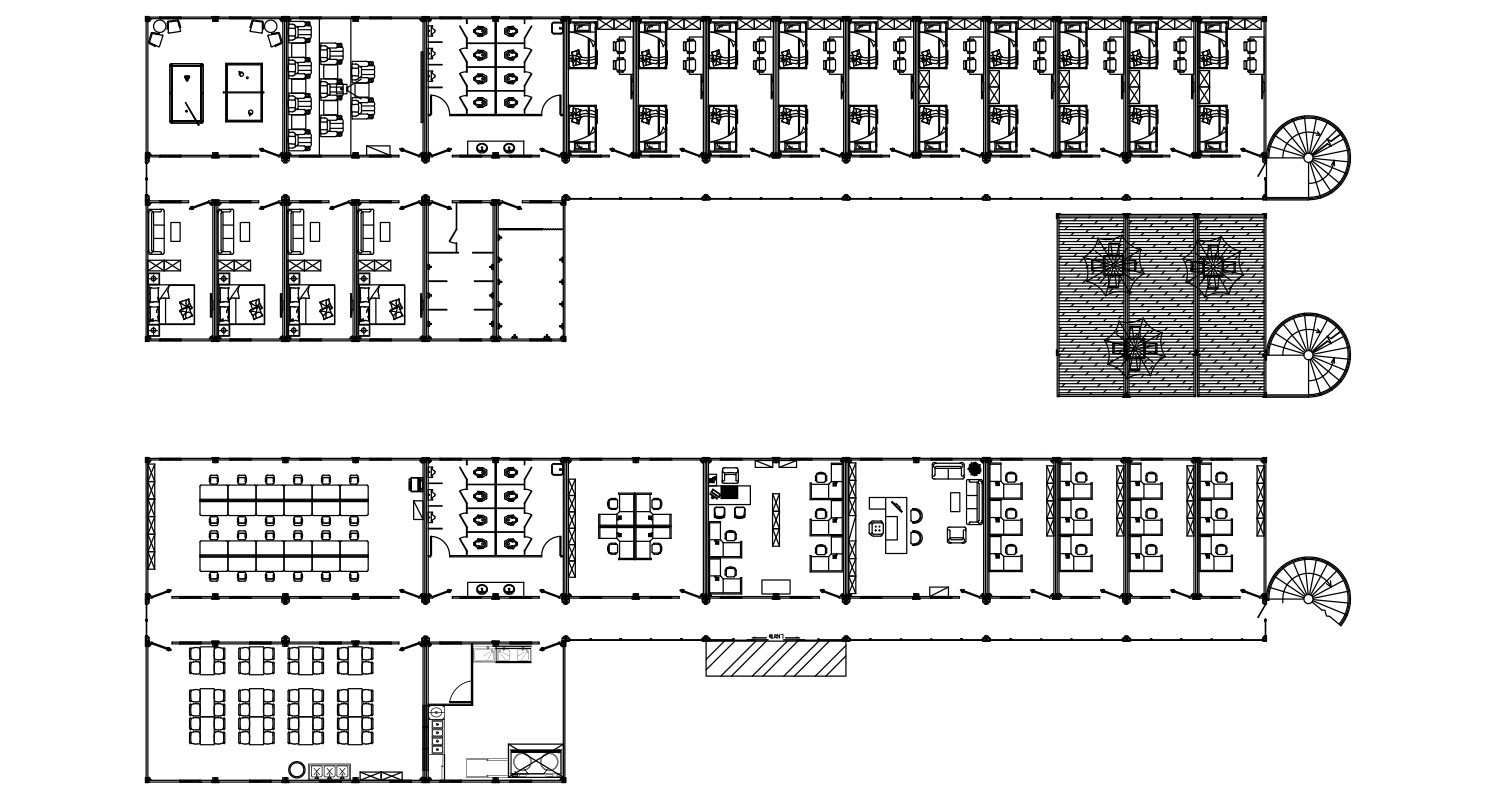
Shipping containers typically come in two standard lengths 20 feet and 40 feet, both with a width of approximately 8 feet. The height usually varies between 8.5 feet and 9.5 feet, with the latter referred to as high cubes, providing extra headroom that can be vital for comfort in residential spaces. The judicious selection of these sizes can impact the functionality and overall design of a container home.
For those embarking on the journey of constructing a shipping container home, understanding the limitations and advantages of these sizes is essential. A single 20-foot container offers about 160 square feet of living space. It’s a compact option suited for studio-style living or an office space. Due to its small footprint, it can be easier to place on smaller plots of land, making it an attractive solution for urban environments where space is at a premium.
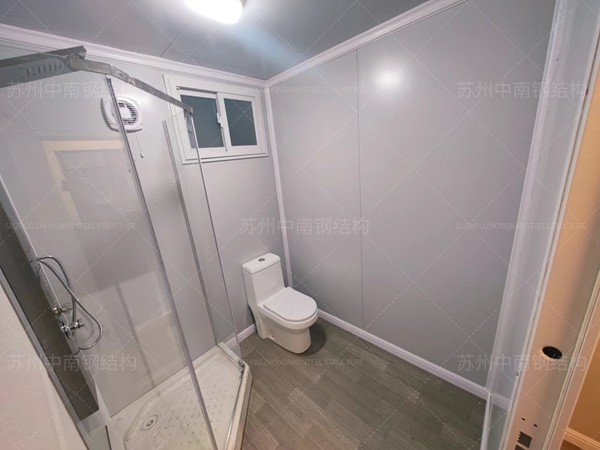
Conversely, a 40-foot container provides approximately 320 square feet. This increased space accommodates more defined living zones and can house more elaborate setups. High cube containers, with their added height, are particularly beneficial here, allowing for higher ceilings or additional storage options, which enhance the livability and spatial experience. For families or those seeking more expansive living areas, utilizing multiple 40-foot containers can create a larger dwelling, complete with distinct living, dining, and sleeping areas.shipping container house size
Beyond personal preference and need, the choice in container size should take site conditions and regulations into account. Zoning laws and building codes vary significantly and can dictate minimum and maximum size requirements for residential buildings. Consulting with local authorities or engaging with professionals experienced in container home regulations is advisable to navigate these complexities successfully.
However, size is not the sole determinant of a successful shipping container home project. The expertise in integration of systems—such as plumbing, electrical, and HVAC within the confines of steel walls—is equally important. Skilled architects and contractors can ensure that these systems are designed and installed to both optimize space and comply with safety standards. Their authority and knowledge in the field can guide homeowners in making informed decisions that enhance the long-term durability and functionality of their home.
The selection of size also intertwines with the principles of trustworthiness, particularly regarding insulation and temperature control. Steel retains heat and can become a thermal conductor, making insulation crucial. Proper insulation not only improves energy efficiency, maintaining comfortable indoor temperatures year-round, but also prevents issues such as condensation and corrosion over time.
Ultimately, the size of a shipping container house is the cornerstone that influences the overall project scope and success. It requires a balanced approach that considers personal lifestyle needs, budget, site logistics, and regulatory adherence. By drawing on the experience, expertise, authority, and trust of professionals in the field, aspiring homeowners can create inviting, innovative spaces that blend modern design with sustainable living practices. Whether in urban or rural settings, the allure of a well-designed shipping container home speaks to a growing audience seeking versatility and creativity in their living environments.


